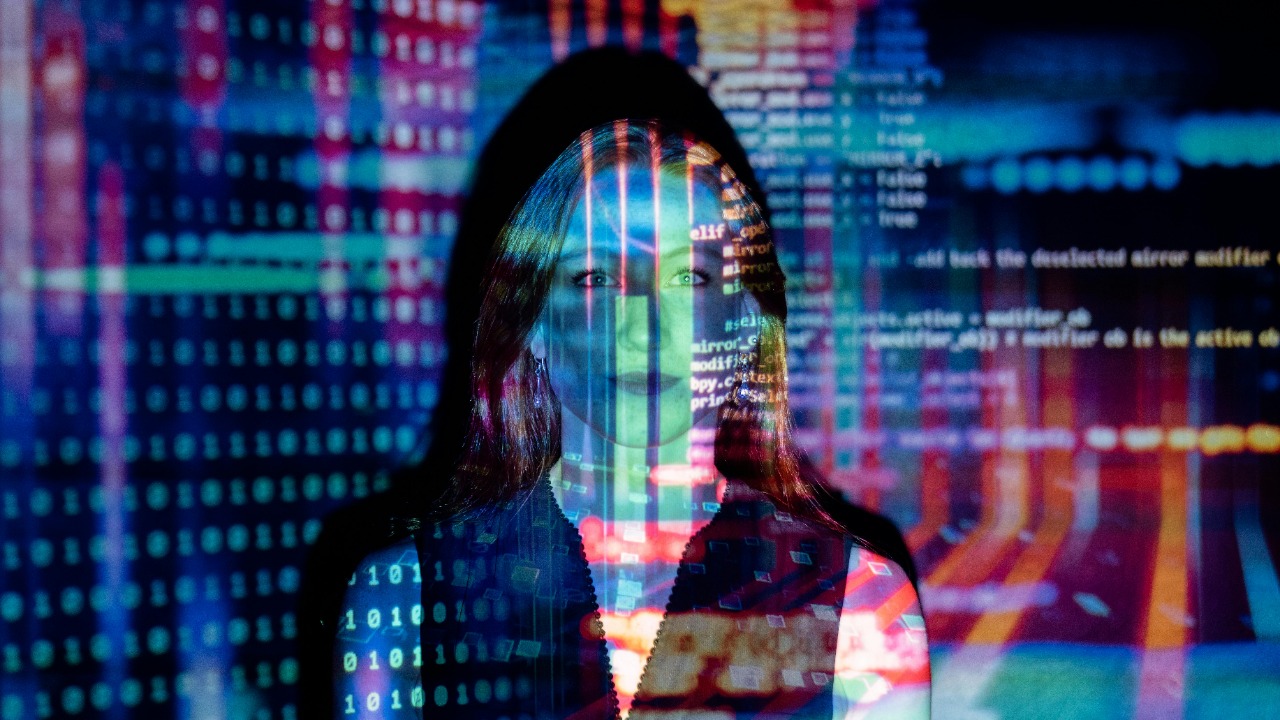
Artificial Intelligence (AI) has ventured beyond the realm of practical applications and is making an impact in the world of art and music. An exemplary demonstration of this is the recent reconstruction of Beethoven’s lost symphony using AI technology.
The Missing Beethoven Symphony
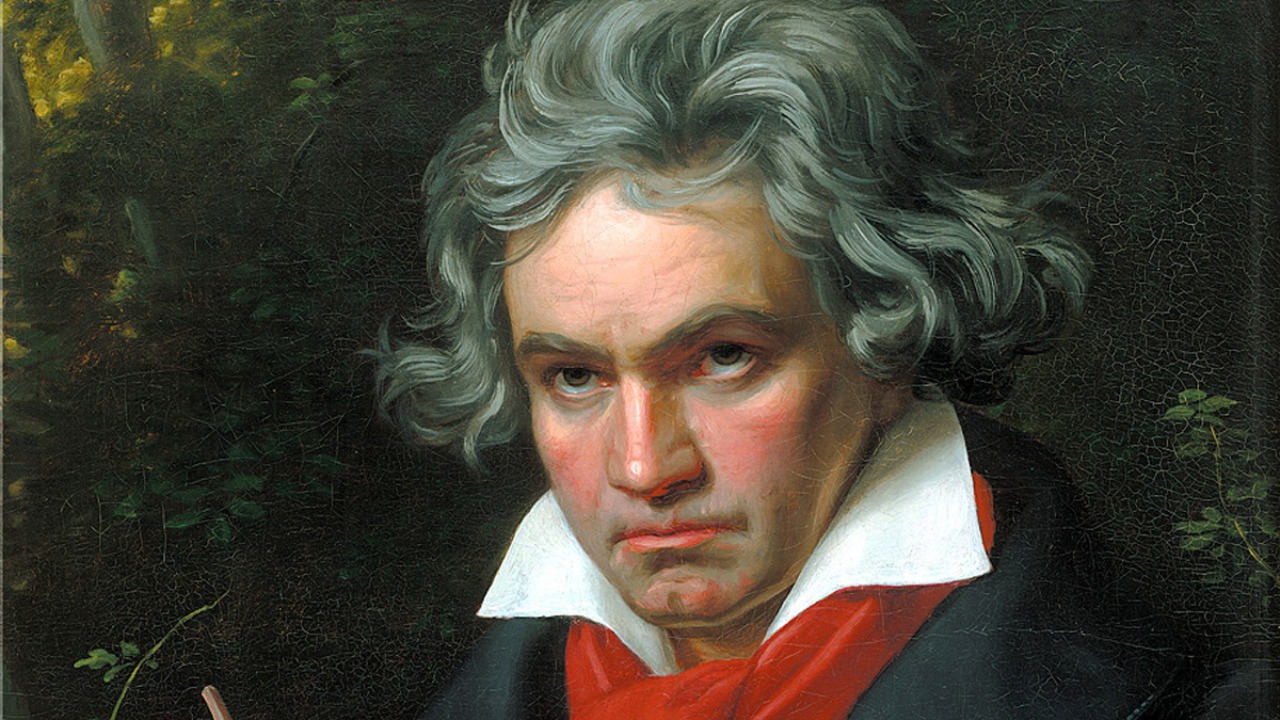
Beethoven’s unfinished 10th Symphony, often referred to as “Symphony X”, has been an intriguing mystery for musicologists. This masterpiece was left incomplete due to Beethoven’s untimely death in 1827. Despite the composer’s death, his musical sketches for the 10th Symphony were preserved, sparking centuries of speculation about what the completed work might have sounded like.
The lost symphony holds immense cultural value and historical significance to the music world. Often considered a ‘holy grail’ for Beethoven scholars, the unfinished work represents a tantalizing glimpse into the unexpressed musical ideas of one of the greatest composers in history.
How AI was Utilized
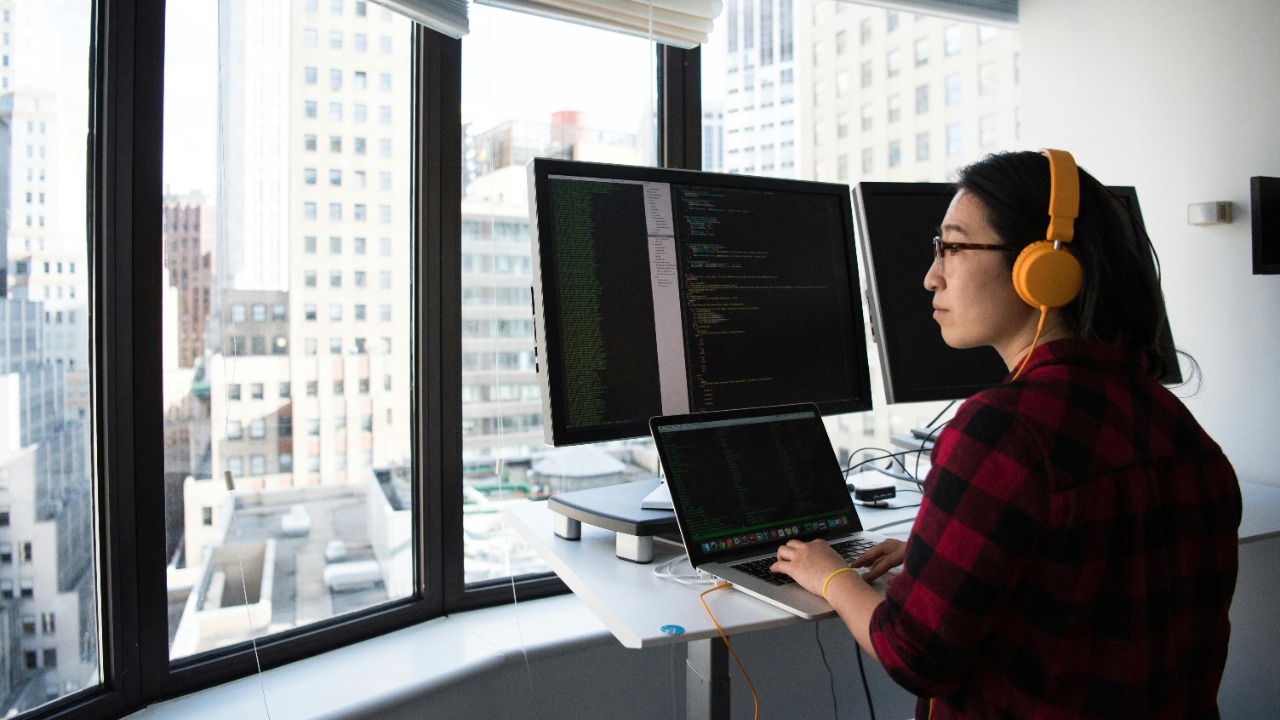
AI technology played a crucial role in recreating the lost symphony. A team of musicologists, AI experts, and composers employed an advanced AI algorithm to analyze Beethoven’s musical patterns and style. The AI was trained on Beethoven’s existing compositions, learning to understand and emulate the composer’s unique musical language.
Throughout the process, the contribution of musicologists and technologists was invaluable. They provided insights into Beethoven’s music style, the context of his compositions, and acted as a guiding force for the AI as it generated music in Beethoven’s style. The collaboration of human expertise and AI technology was key to the success of this project.
The Outcome: Symphony X

The result of this groundbreaking project was the completion of Beethoven’s 10th Symphony, now known as “Symphony X”. The public’s initial reactions were a mix of awe and skepticism, with many praising the accuracy and faithfulness of the AI-generated music to Beethoven’s style. However, some expressed reservations about a machine’s ability to replicate the depth and nuance of human creativity.
Nonetheless, the AI’s successful completion of Symphony X is an extraordinary achievement that showcases the potential of AI in the realm of music and art. It opens the door to fascinating possibilities for the future of creative expression.
Broader Implications of AI in Art Reconstruction
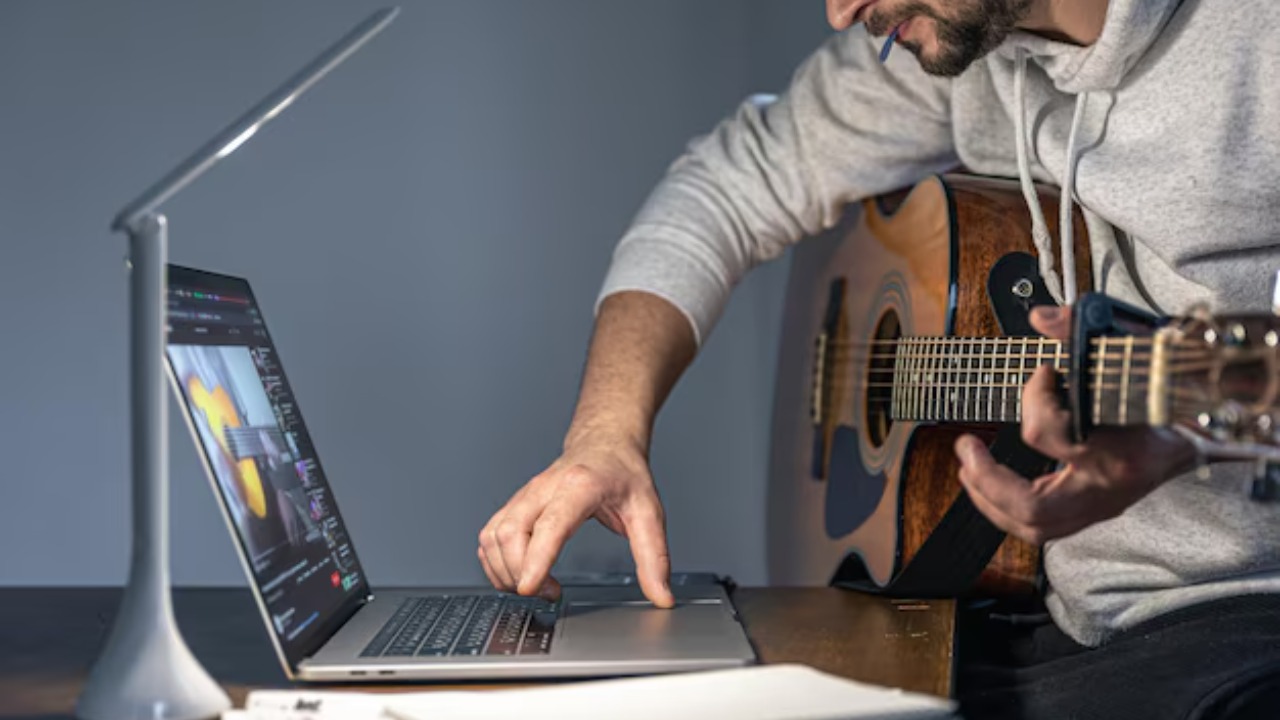
This is not the first time AI has been used to reconstruct lost art. In recent years, AI has been utilized to restore lost works by Picasso and Gustav Klimt. For example, Google’s Project Klimt used AI to digitally reconstruct the lost works of Gustav Klimt, bringing to life artworks that were destroyed during World War II. The digital reconstructions serve as a testament to the power of AI in preserving cultural heritage.
However, the use of AI in art raises ethical and legal questions. Some critics argue that AI-generated art could infringe upon the original artist’s copyright, while others question the authenticity of such creations. These debates underscore the legal considerations and potential controversies surrounding AI’s role in art.
The Future of AI in Music and Art
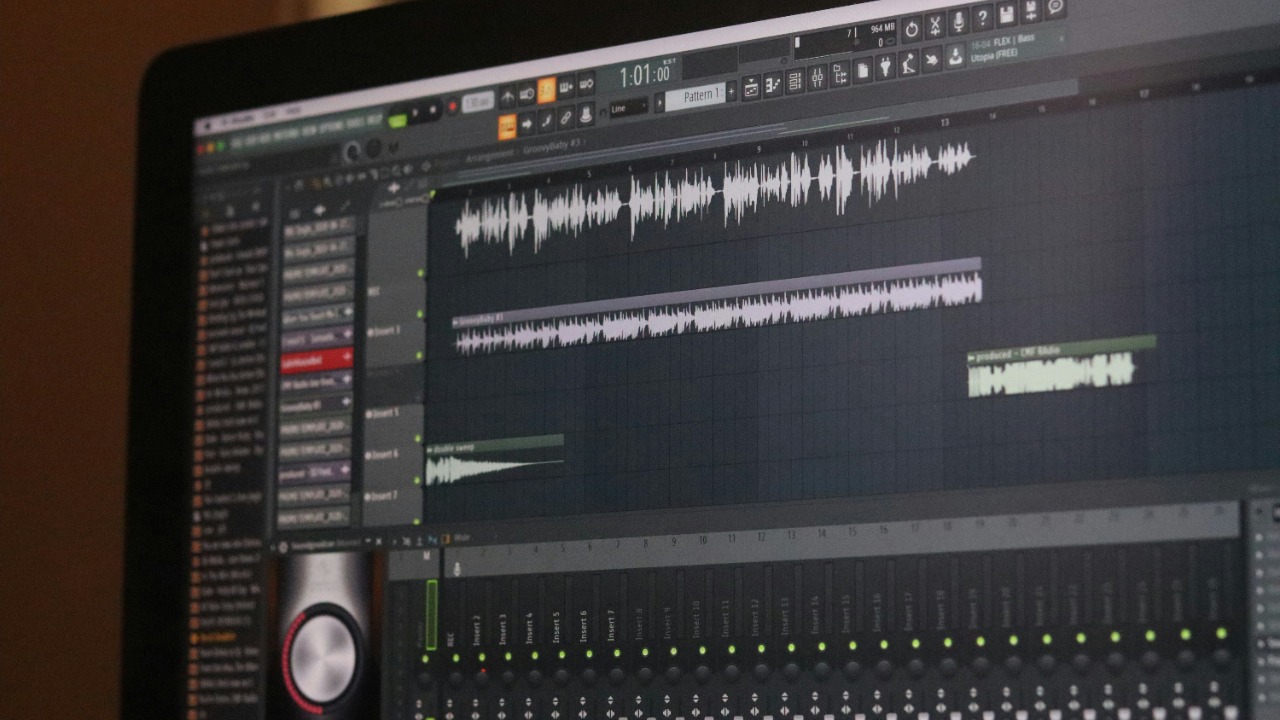
Looking ahead, AI holds immense potential in reconstructing and creating new music and art. However, this exciting frontier is not without its debates. One of the main arguments centers around whether AI-generated art can be considered “true” art. After all, can a machine, devoid of human emotions and experiences, truly create meaningful art?
Moreover, the proliferation of AI in music and art could have profound implications for artists and musicians. As AI becomes more sophisticated, it could potentially replicate an artist’s style so accurately that it becomes difficult to distinguish between human and machine-generated art. This could raise complex issues around copyright and authorship. However, as NBC News points out, the potential of AI in art and music extends beyond mere imitation. It could also serve as a powerful tool for artists, offering new avenues for creativity and expression.